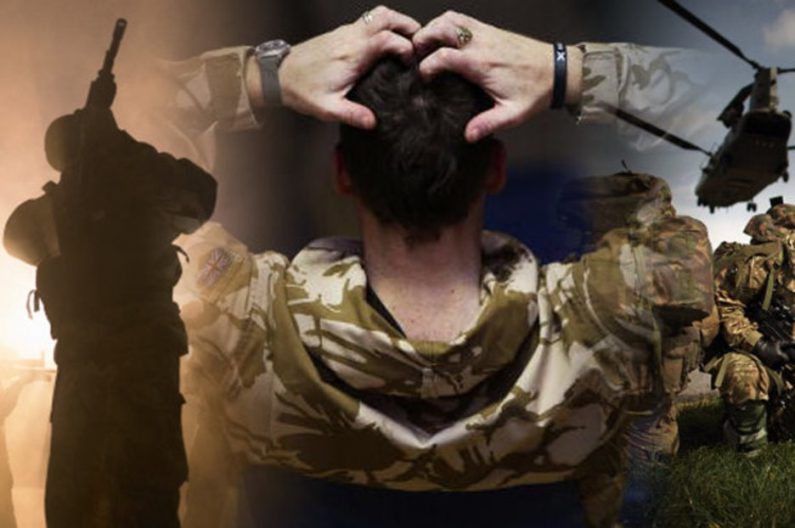Title: “Healing Heroes: Military PTSD Insights”
Introduction:
Military trauma and post-traumatic stress disorder (PTSD) pose unique challenges for our brave servicemen and women. Recent research has shed light on innovative approaches to address these issues. In this article, we explore the latest insights on military trauma and PTSD, providing lists, guides, and suggestions for effective support and recovery.
Understanding Military Trauma and PTSD:
- Combat Experiences: Military trauma often stems from combat situations, involving exposure to life-threatening events, loss, and intense stress.
- Impact on Mental Health: PTSD can manifest with symptoms like flashbacks, nightmares, and hypervigilance, significantly affecting the mental health of military personnel.
Research-Backed Strategies:
- Cognitive Processing Therapy (CPT): CPT, a widely studied therapy, helps individuals reframe and process traumatic memories, promoting cognitive restructuring.
- Virtual Reality (VR) Therapy: Recent research explores the use of VR therapy to simulate combat scenarios, allowing controlled exposure to triggers and aiding in desensitization.
- Mindfulness-Based Interventions: Mindfulness practices, such as meditation and yoga, have shown promise in reducing PTSD symptoms and improving overall mental well-being.
Guides for Military PTSD Support:
- Culturally Competent Care: Recognizing the unique culture of the military is crucial. Providing care that understands the military experience fosters trust and engagement.
- Collaborative Care Models: Integrating mental health care into overall healthcare ensures a comprehensive approach, addressing both physical and psychological aspects of well-being.
- Peer Support Programs: Establishing peer support networks allows military personnel to connect with others who share similar experiences, promoting understanding and camaraderie.
Suggestions for Families and Loved Ones:
- Educational Initiatives: Families benefit from understanding PTSD symptoms and treatment options, fostering empathy and providing a supportive environment.
- Open Communication Channels: Encouraging open dialogue within families helps in addressing challenges collaboratively, reducing isolation for both the military member and their loved ones.
- Participating in Treatment: Involving family members in therapy sessions, when appropriate, aids in building a robust support system and enhancing the overall effectiveness of treatment.
Incorporating Technology for Support:
- Telehealth Services: Telehealth ensures accessibility, especially for military personnel stationed in remote locations, offering confidential and convenient mental health support.
Conclusion:
As we delve into the latest research on military trauma and PTSD, it’s clear that a multifaceted and holistic approach is essential for effective support and recovery. By incorporating these research-backed strategies, guides for support, and suggestions for families, we move towards a future where our military heroes receive the comprehensive care they deserve. The ongoing commitment to advancing knowledge and implementing innovative approaches is key to healing the invisible wounds of service and ensuring a brighter future for those who have sacrificed for our safety and freedom.

